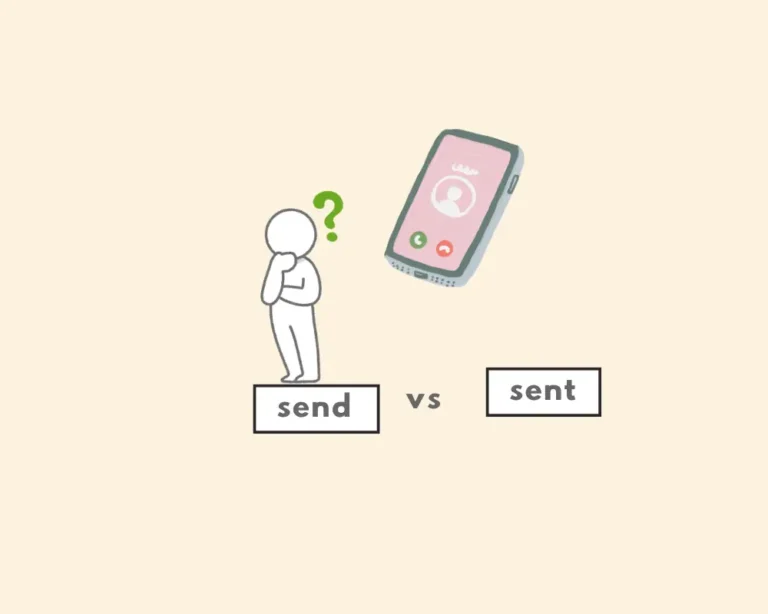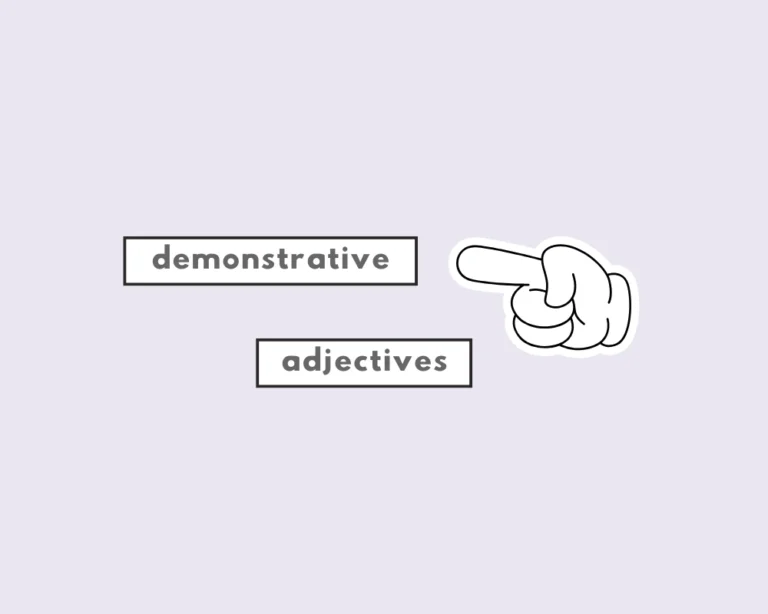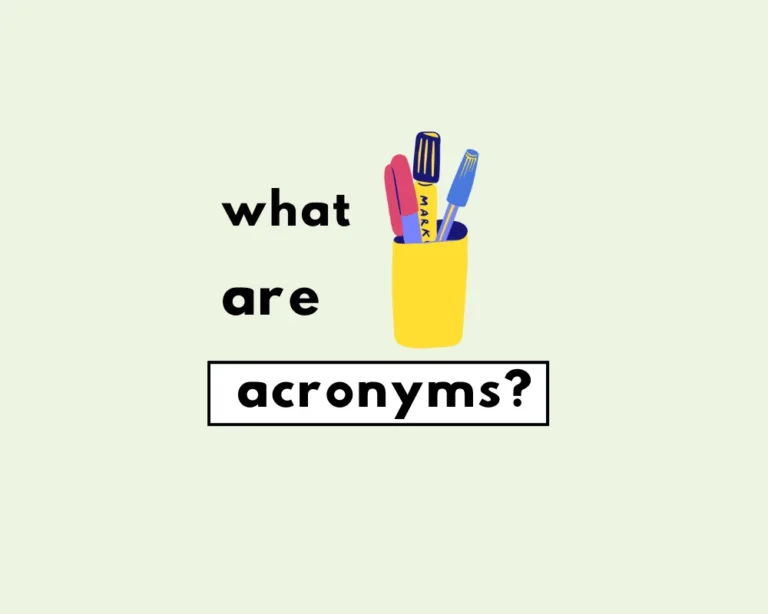
What’s the past tense of “sit”?
What’s the past tense of the verb sit? To sit, is defined by the Oxford Learner’s dictionary as, “to rest your weight on your bottom with your back straight, for example on/in a chair”.
I sit here.
I sat down on the chair.
I sits there.
She sit there.
Forms of sit
| present | past | future | |
| simple | I sit | I sat | I will sit |
| continuous | I am sitting | I was sitting | I will be sitting |
| perfect | I have sat | I had sat | I will have sat |
| perfect continuous | I have been sitting | I had been sitting | I will have been sitting |
Remember to always pair participles with auxiliaries to create perfect and continuous tenses! Use ‘have’, ‘has’, or ‘had’ to form perfect tenses, and a form of ‘to be’ for continuous.
To sit is in the present tense: She always sits in that chair. (third person singular)
Sitting is the present participle: She was sitting at her desk.
Sat is the simple past: He went and sat beside her.
Sat is also the past participle: We had sat there all evening waiting for the storm to pass.
Past participle vs. past tense of sit
Compare these sentences that show sit in both its past tense and past participial forms:
Past tense: As soon as we sat down, she brought us coffee.
Past participle: The dog had sat on the bed while I was in the shower.
Both the past tense and past participle form of sit are sat; so what’s the difference between them if they share the same form and are identical? The way to identify the past participle is used based on the presence of auxiliary verbs; namely, had (in the past perfect tense.) The inclusion of the auxiliary, had, is what gives away the participle form of the verb is being used. The past participle, which forms the past perfect tense and passive voice, can be used to clarify the order in which actions/events took place, and to add emphasis on the resultant state or outcome of the past events.
Examples of “sit” in the present tense
1. It’s too cold to sit outside.
2. She always sits in that chair.
3. Just sit still!
4. May I sit here?
5. She was sitting at her desk. (present participle)
Examples with “sat” in the past tense
1. He sat beside her.
2. She sat next him wishing she were somewhere else.
3. She sat and stared at the letter in front of her.
4. Four people sat around the table.
5. As soon as we sat down, she brought us coffee.
Examples with “sat” as a past participle
1. We had sat there all evening waiting for the storm to pass.
2. I had sat waiting in the doctor’s office for an hour before finally getting up to leave.
3. You had sat at the top, right?
4. The dog had sat on the bed while I was in the shower.
5. We had sat in the theatre watching the movie until the other theatre-goers became rowdy, and we had to leave.
Idioms with sit/sat
| Idiom | Meaning |
| Sitting on a goldmine | To have a huge opportunity at hand. |
| Where you stand depends on where you sit | Meaning your views are shaped by your circumstances. |
| To sit on the edge of your seat | To be waiting in high anticipation, so as to be on the edge of your seat, (figuratively). |
| Sit like a piffy on a rock cake | To be conspicuous but left out from a group activity, and stick out. |
| To sit on the fence | To be undecided on something. |
| You can’t sit in two chairs with one butt | Meaning you can’t accomplish two things at once. |
| Come in and sit a spell | A way to ask someone to come in and relax. |
The origin of sit
From etymology online on sit (v.):
“To be or remain in that posture in which the weight of the body rests upon the posteriors” [OED], Middle English sitten, from Old English sittan “occupy a seat, be seated, sit down, seat oneself; remain, continue; settle, encamp; lie in wait; besiege” from Proto-Germanic *setjan.
Worksheet on the conjugations of ‘sit’
Here’s a quick quiz to test your knowledge of the tenses of the verb “sit.”
1. Present Simple Tense: She _______ in the front row during class.
a) sits
b) sit
c) is sitting
2. Present Continuous Tense: Right now, they _______ on the park bench.
a) sits
b) sit
c) are sitting
3. Past Simple Tense: Yesterday, he _______ on the sofa all day.
a) sits
b) sat
c) is sitting
4. Past Continuous Tense: At 2 PM yesterday, she _______ on the porch.
a) sits
b) was sitting
c) sit
5. Present Perfect Tense: They _______ on that chair for hours.
a) has sat
b) sat
c) have sat
6. Future Simple Tense: Tomorrow, she _______ on the stool.
a) sits
b) sit
c) will sit
7. Future Continuous Tense: By this time tomorrow, they _______ on the swing.
a) sits
b) will sit
c) will be sitting
8. Present Perfect Continuous Tense: She _______ on the floor all morning.
a) sits
b) has been sitting
c) sit
Answers
- a) sits
- c) are sitting
- b) sat
- b) was sitting
- c) have sat
- c) will sit
- c) will be sitting
- b) has been sitting
Other commonly confused verb tenses
- What’s the past tense of spread?
- What’s the past tense of lead?
- What’s the past tense of choose?
- What’s the past tense of fly?
- What’s the past tense of lay?
- What’s the past tense of drive?
- What’s the past tense of draw?
Learn more about verbs
Sources
- Definition of sit from the Collins English Dictionary. Accessed on January 20, 2023.
- Harper, Douglas. “Etymology of sit.” Online Etymology Dictionary, https://www.etymonline.com/word/sit. Accessed 20 January, 2023.
- “Sit.” TheFreeDictionary.com. 2023. Farlex, Inc. 20 Jan. 2023 https://idioms.thefreedictionary.com/sit
Worksheet
According to the blog post, what is the simple past tense of the verb “sit”?
What grammatical form of the verb “sit” is “sitting”, according to the post?
The blog post states that “sat” can be both the simple past and the past participle. What is the main way to identify “sat” when it is being used as a past participle?
Which of the following sentences correctly uses the simple past tense of “sit” as described in the post?
According to the blog post, which specific auxiliary verb is often present when “sat” is used as a past participle in the past perfect tense?
Yesterday afternoon, I __________ on the park bench for a while. (simple past)
Before she called, I had __________ waiting in the office for thirty minutes. (past participle)
Please __________ down right here. (present/infinitive)
We had __________ in the same seats every week. (past participle)
She was __________ at her desk when the phone rang. (present participle)
Frequently Asked Questions
What’s the simple past of sit?
+
Is the verb ‘sit’ regular?
+
What is ‘sat’ also used for?
+
How to identify participle form of ‘sat’?
+
Example of ‘sat’ used in past tense?
+
Yash, D. "What’s the Past Tense of Sit? Sit or Sat?." Grammarflex, Jun 21, 2025, https://www.grammarflex.com/whats-the-past-tense-and-past-participle-form-of-sit/.











